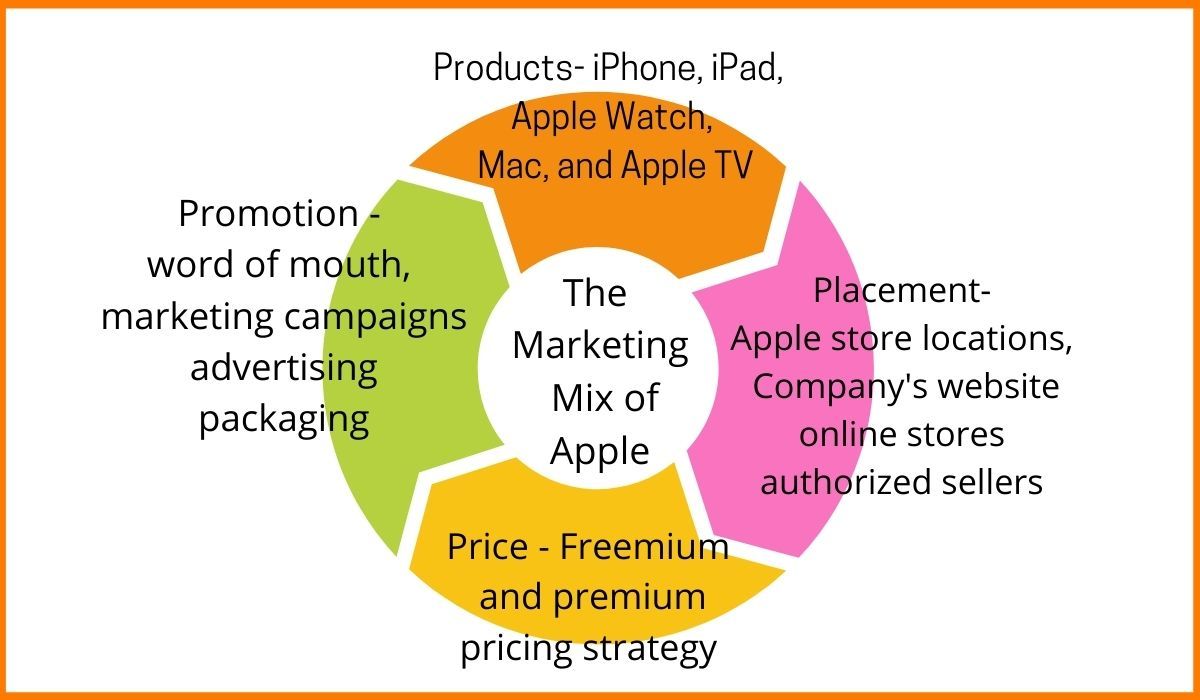Segmentation, Targeting, and Positioning – the STP approach is a model used by businesses to cater their customer segments in a more sophisticated way. Based on the the nature of organisation, objectives, industry, market scenarios etc., the STP approach differs. The overall market is catered by the businesses based on the audiences in Tier 1, Tier 2 and Tier 3 cities. Well, there isn’t any distinct definition of Tier 1, Tier 2 and Tier 3 based audiences, it is mainly based on the perception and understanding of the market by the diverse businesses.
We asked the people who can answer these better than anyone else. Entrepreneurs from diverse field were asked – “What is the difference between Tier 1, Tier 2 and Tier 3 audience from the perspective of your field of expertise?” and here’s what we got to know –
Shalabh Upadhyay – Founder & CEO, NEWJ (New Emerging World of Journalism)

The availability of affordable data, particularly with the advent of Jio, has ushered in a paradigm shift in the consumption of content online. It has led to the democratization of journalism and content creation in the truest sense. Opinions which were earlier molded by the residents of ‘Tier-1’ are now predominantly defined by the masses residing in the ‘Tier-2’ and ‘Tier-3’ cities and towns. For NEWJ, as a media-tech enterprise, this shift marks a threshold moment because it has levelled the playing field in mass communication and has in fact diminished the ‘differences’ between Tier 1, Tier 2 and Tier 3.
Sudha Anand – Founder, Swaas

Tier 1 customers look for the quality products with international look & feel along with the brand’s USP’s / brand story and what the brand stands for. Tier 2 customers are more drawn for product quality and design. Tier 3 customers expect value for money.

Amit Nigam – COO & Executive Director, BANKIT

The main difference according to our expertise in working with Tier 1 and Tier 2/3 cities is the consumer behavior. The products and services that may be common in Tier 1 are not so common in Tier2/3 cities. Taking fintech in perspective we have seen that the typical Tier1 consumer uses more of cash-in services while cash-out is more common in the later. Another most common example of this difference is Tech knowledge, the customers in Tier2/3 are as tech-savvy as the customer is Tier 1, thus reaching the customers becomes a little challenging. BANKIT tries to reach this segment of the audience through retailers who are already familiar with the customer and can reach them more effectively. This also helps in overcoming the most common challenge that companies face while reaching consumers in Tier 2/3 areas: Gaining their trust. The other most commonly-faced challenge is the language. India with its varied cultures has different languages in the same state and district and due to lack of exposure people in smaller cities and towns understand only one language that a company may not be versed with.

Sanjay Tiwari – Co-founder, 21CC Education

We are only just venturing into tier 3 towns and that too via Distribution partners who own physical assets in these locations and have a local presence. As you go further into India’s tier 2 and 3 cities, the skill development agenda gains urgency and simultaneous challenges. Almost 70% of India’s population is in tier 2,3 and 4 cities and can prove to be phenomenal growth drivers. But as you go deeper into these cities, the gap emerging from the unmet demand for quality education creates roadblocks to skilling. Limited literacy, the diverse local dialect, societal norms—all come together to impact skilling motivations and response.
Our solutions—that ride on smartphones and easy internet access—are designed to overcome India’s unique challenges. These cities are seeing increasing attention and fast infrastructural growth. You now have state of the art warehouses coming up on what used to be farmland. When we create content for these audiences, we use our expertise to explain the process, ie what has to be done, along with why it has to be done-why keeping something chilled matters or why a bar code matters, why it’s important to be able to trace something. So you have to explain much more of the context.
Then there is language to consider that requires a constant feedback loop and intelligent design to ensure that the platform’s UI is flawless and simple without being simplistic.

Krishna Murthy – Founder of Teach My Lesson

India has significantly progressed in the past decade both in terms of internet connectivity and socio-economic status. So, the difference between T1, T2, and T3 is getting more and more nuanced. A few of these factors include:
- Against popular belief, affordability is no more an issue – across tiers, people are willing to invest in education solutions.
- Across tiers, value for money is critical criteria, but what differentiates better solution in T3 and T2 context compared to T1 is how well they address the emotional (peace of mind) and social (talkability and status bosting) needs of the consumer
- The degree of receptivity to trying new things reduced as we move from T1 to T3
- Mobile-first solutions are imperative for lower tiersWhile the luxury of time that consumers enjoy is diminishing across, there is a downward trend as we move from T3 to T1

Shivram Choudhary – Founder, Codevidhya

From our perspective, Tier 1 cities are well-aware of the technologies and resources that are available in those cities or over the Internet. But on the other hand, Tier 2 and Tier 3 cities are very less aware of the resources that we offer or are available.
Raj N – Founder, Zaggle

Tier 1 companies are the big guns, and the Tier 3 ones are the more modest firms. Over time, companies can move up the tiers if they fit the criteria.
Amit Agarwal – Founder & CEO, OckyPocky

In India, the Edtech segment has gained a humongous amount of traction from the past year as most of the edtech start-ups were targeting audiences from Bharat. Whereas earlier, online learning was just focused on urban areas because of the differences that Tier 1 cities had when compared to Tier 2/ 3 cities. People from Tier 2 and 3 cities have a higher demand for vernacular content and want deeper customer support and they also favor smaller price points before opting for bigger packages as they lack trust in digital payments. By considering their demands, the Edtech industry made education accessible and affordable to help the people of Bharat and it was truly transformational to see the huge demand upsurge that came from Tier 2 & 3 towns.
Tanul Mishra – CEO, Afthonia Lab

FinTech players are redefining the business models across different segments of the financial services industry, helping improve service delivery and contributing to digital financial inclusion. As per the latest BCG FICCI report, India’s fintech industry is seen at $150-160 bn by 2025. Due to pandemic, India has gone through the digital revolution and it is growing at a fast clip. In such a bullish market of startups, incubators and accelerators play a vital role in streamlining founder’s thoughts and plan the road ahead.
Consumption in India will reach $4 trillion by 2025, the growing internet penetration in India is also expected to push consumer spending. While the consumption of fintech in the metro cities is high, there has been a great push in the adoption of fintech in tier II and III cities as well. In non-metro cities, we are seeing startups building some unique opportunities and solving very specific problems. These smaller cities in India are emerging as business pivots, opening up peculiar job opportunities, for instance- cities such as Ahmedabad (31%) and Vadodara (20%) witnessed a positive hiring in February 2021, because of the higher consumption rate. This is especially evident from the share of luxury retail spending, which grew from around 9% in 2013 to 55-60% in 2018 in non-metro cities, especially Jaipur, Udaipur, and Chandigarh.
Tier II and III cities have grown at a brisk pace on the back of an increase in disposable income, and deeper penetration of mobile internet. I believe that apart from digitizing the payments ecosystem, there are other potential areas where fintech can focus to drive major business from, in tier II and III cities especially in tier III, by providing lower-cost services to underbanked and unbanked masses.
Mahadev Srivatsa – VP of Marketing & Brand Strategy, Practically

The difference between marketing to Tier 1, Tier 2 and Tier 3 audiences is narrowing by the day, as aspirations are increasing across Tier 2 and Tier 3 cities. As a society, education is of paramount importance to us and every parent, irrespective of geography, wants their child to succeed and have the best means to do so. However, disposable income, access to quality education, regional/cultural influences and content consumption are still some key differentiators that one needs to be conscious about, while marketing a product.
Conclusion
Hope that the distinction between Tier 1, Tier 2 and Tier 3 audiences has become more understandable, based on the insights given by esteemed entrepreneurs of the industry. Be it Tier 1, Tier 2 or Tier 3 audiences, businesses always come up with a unique way to to cater its unique market!





















